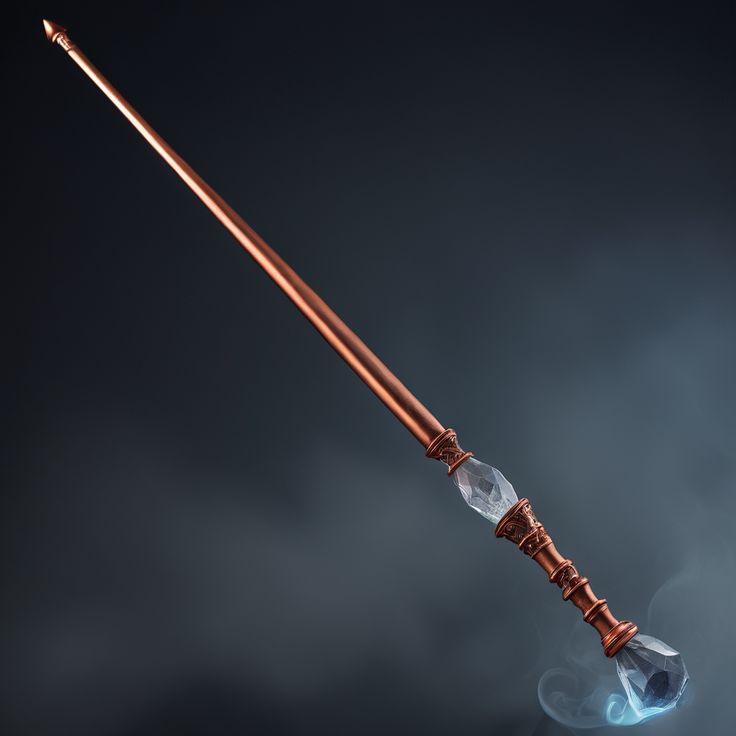
Voldemort’s Wand: A Symbol of Power, Fear, and Fate
Share
In the world of Harry Potter, wands are more than just magical tools - they are an extension of a wizard’s soul, power, and destiny. Among the many legendary wands in the series, Voldemort’s wand stands out as one of the most fascinating. Made of yew wood with a phoenix feather core, this wand was not only powerful but deeply connected to the story’s greatest conflict. But what made Voldemort’s wand so special? And how did it ultimately fail him?
1. The Wand That Chose Tom Riddle
When eleven-year-old Tom Riddle walked into Ollivander’s wand shop, he was matched with a 13 ½-inch yew wand with a phoenix feather core. Yew wands are known to produce great power and are often wielded by strong-willed individuals, leaders, or even dark wizards. Ollivander himself noted that yew wands have a reputation for giving their owners the ability to cheat death, which fits perfectly with Voldemort’s obsession with immortality and the Dark Arts.
But what makes this wand even more intriguing is its core - a phoenix feather. Phoenix feathers are rare and known for their loyalty, versatility, and deep connection to their owners. The wand that chose Voldemort was actually brother to Harry Potter’s wand, as both contained a feather from Fawkes, Dumbledore’s phoenix. This connection would later prove to be Voldemort’s downfall.
2. The Twin Wand Connection – Voldemort vs. Harry
Because their wands shared the same core, Voldemort and Harry were linked in an extraordinary way. This connection became crucial during their duel in Harry Potter and the Goblet of Fire, where the phenomenon of Priori Incantatem occurred - the wands refused to harm each other. This forced Voldemort to seek another wand, believing that his was no longer effective against Harry.
But the truth was not in the wand itself, but in the wizard who wielded it. Voldemort’s belief in power through objects, rather than relationships and loyalty, blinded him to the deeper magic at play.
3. Voldemort’s Obsession with Power and the Elder Wand
As Voldemort’s fear of Harry grew, he turned his focus to finding a more powerful wand - the Elder Wand. He believed that true dominance came from possessing the strongest wand in existence, ignoring the fact that wands respond not just to power, but to loyalty and worthiness.
However, his downfall was misunderstanding wand ownership. The Elder Wand was never truly his, because he didn’t win it properly. He took it by force, but its true allegiance remained with Harry. Just like with his own wand, Voldemort failed to understand that magic is more than just power - it is about connection, fate, and choice.
4. Why Voldemort’s Wand Ultimately Failed Him
Voldemort’s reliance on control and domination over his wand proved to be a fatal mistake. He never understood that:
- A wand chooses its master - it is not just a tool but an extension of a wizard’s character.
- The phoenix feather core, which represents loyalty and renewal, was never truly aligned with his values.
- Power alone does not determine victory - wisdom, love, and sacrifice do.
In the end, Voldemort lost because he never truly understood the deeper meaning of magic. He sought strength in objects but failed to see the power of love, loyalty, and human connection - all things that ultimately led to his defeat.
The Wand Was Never the Key to Victory
Voldemort believed that power was something to be taken, but in the world of magic, power comes from within. His wand, his Horcruxes, and even the Elder Wand all failed him because he never sought true strength - the strength that comes from love, sacrifice, and courage.
His wand, for all its great power and dark potential, was simply a reflection of his greatest flaw: his inability to understand that true magic lies in the choices we make, not the tools we wield.
What do you think? Was Voldemort’s wand truly meant for him, or was it always a symbol of his doomed fate? Let’s discuss!
